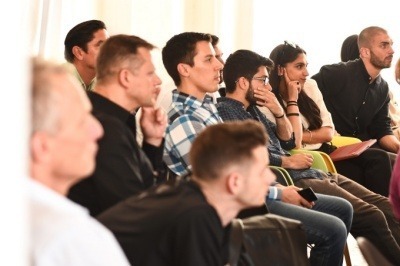The challenge
Introducing new information and explaining complex content are important tasks for a trainer. Listening to information is, however, one of the least effective ways of learning because participants remain passive and the trainer has limited feed back regarding what participants already know, their learning speed, or how they receive the presented information. See also “Learning”, “Learning strategies”, and “The anatomy of communication” in “Communication”.
What to do?
There are a number of things the trainer can do make a presentation more effective.
- Preparing the content from the learners’ perspective – considering what they will gain and what information they need.
- Limiting information to 3 – 5 main points because the human brain’s capacity for receiving information is limited. The French philosopher Voltaire put it this way: “The secret to being boring is to say everything.”
- The less accustomed the participants are to being in a classroom and to learning, the shorter the input should be. In any case, no presentation should exceed 15-20 minutes.
- Information should address different sensory channels. Aural information should be accompanied by visual information, such as keywords on a flip chart or images. Putting written statements on Powerpoint slides is not enough because the presented information remains of a verbal nature. Another disadvantage is that most people, when seeing that the key information is presented on the screen, pay even less attention to what the presenter says. Powerpoint is effective when it compliments the verbal information. A powerful method is to translate main messages into images or metaphors. For this one can find vast free resources on the Internet, for example, Pixabay or Pexels offers a good collection of free images.
- New information is easier to comprehend when it is based on existing knowledge and when it is apparent how it can be applied in practice.
- Keeping contact with the audience is most important, especially in one-way communication settings. Eye contact, asking for examples from the participants’ lives, and providing opportunities for asking questions are some good strategies for keeping contact with the audience (if the trainer does not want to answer questions straight away, he/she can write them down on a flip chart, thus ensuring that they will be addressed in due time).
- One-way communication should be complimented with interactive methods, for example, ending the presentation with a “Bee hive” or group work.


